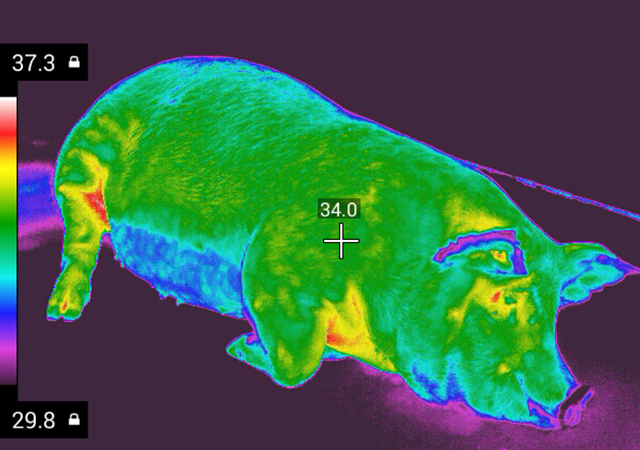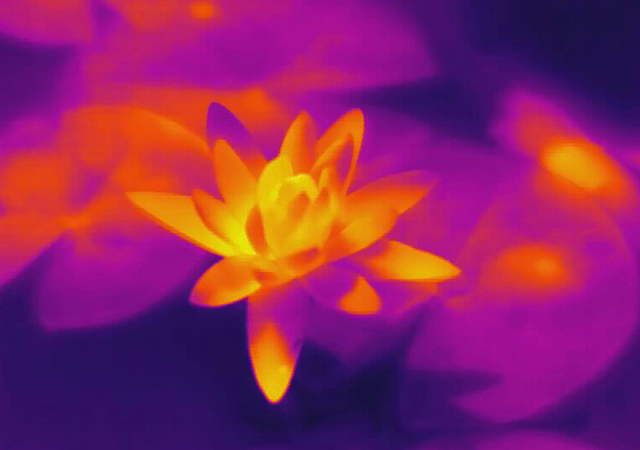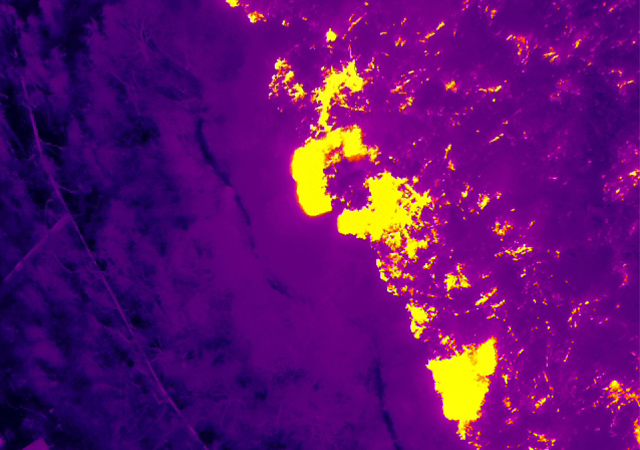Infrared technology has found various applications in agriculture, forestry, and animal husbandry. Here are some of the ways in which it is being utilized in these fields:
1.Crop Monitoring
Infrared cameras can be used to monitor crop health and detect diseases or nutrient deficiencies. By measuring the infrared radiation emitted by plants, growers can identify stressed areas and adjust irrigation or fertilizer practices accordingly, thus optimizing crop yield and quality.
2.Precision Agriculture
Thermal imaging camera can be integrated with other technologies like GPS and drones to enable precision agriculture practices. This allows farmers to precisely target specific areas of their fields for irrigation, fertilization, and pest control, reducing resource wastage and maximizing productivity.
3.Livestock Monitoring
Infrared cameras can be used to monitor the body temperature of livestock, aiding in early detection of diseases such as mastitis, respiratory issues, or foot and mouth disease. This helps farmers provide timely and appropriate veterinary care, preventing the spread of diseases within the herd.

4.Water Management
Infrared thermal camera can be used to identify leaks in irrigation systems, detect water stress in plants, and assess the moisture content in soil. This information enables efficient water management practices, reducing water usage and ensuring sustainable irrigation practices.

5.Forest Fire Detection
Infrared cameras can help in the early detection and monitoring of forest fires. By detecting anomalies in temperature and identifying hotspots, infrared technology aids in timely fire response, preventing the spread of wildfires and minimizing their impact on the ecosystem.

6.Plant Physiology Research
Infrared spectroscopy allows scientists to analyze the chemical composition of plants and assess their physiological characteristics. This information is crucial for understanding plant metabolism, studying the impacts of environmental factors, and developing improved crop varieties.
7.Pest Control
Infrared technology can assist in pest control by identifying and tracking pest populations. For example, infrared sensors can detect the presence of insects in crops, enabling farmers to implement targeted pest control measures and reduce the reliance on broad-spectrum pesticides.
Overall, infrared technology plays a significant role in enhancing efficiency, productivity, and sustainability in agriculture, forestry, and animal husbandry practices. Its applications range from crop monitoring and precision agriculture to livestock health monitoring and environmental management.
Go Top